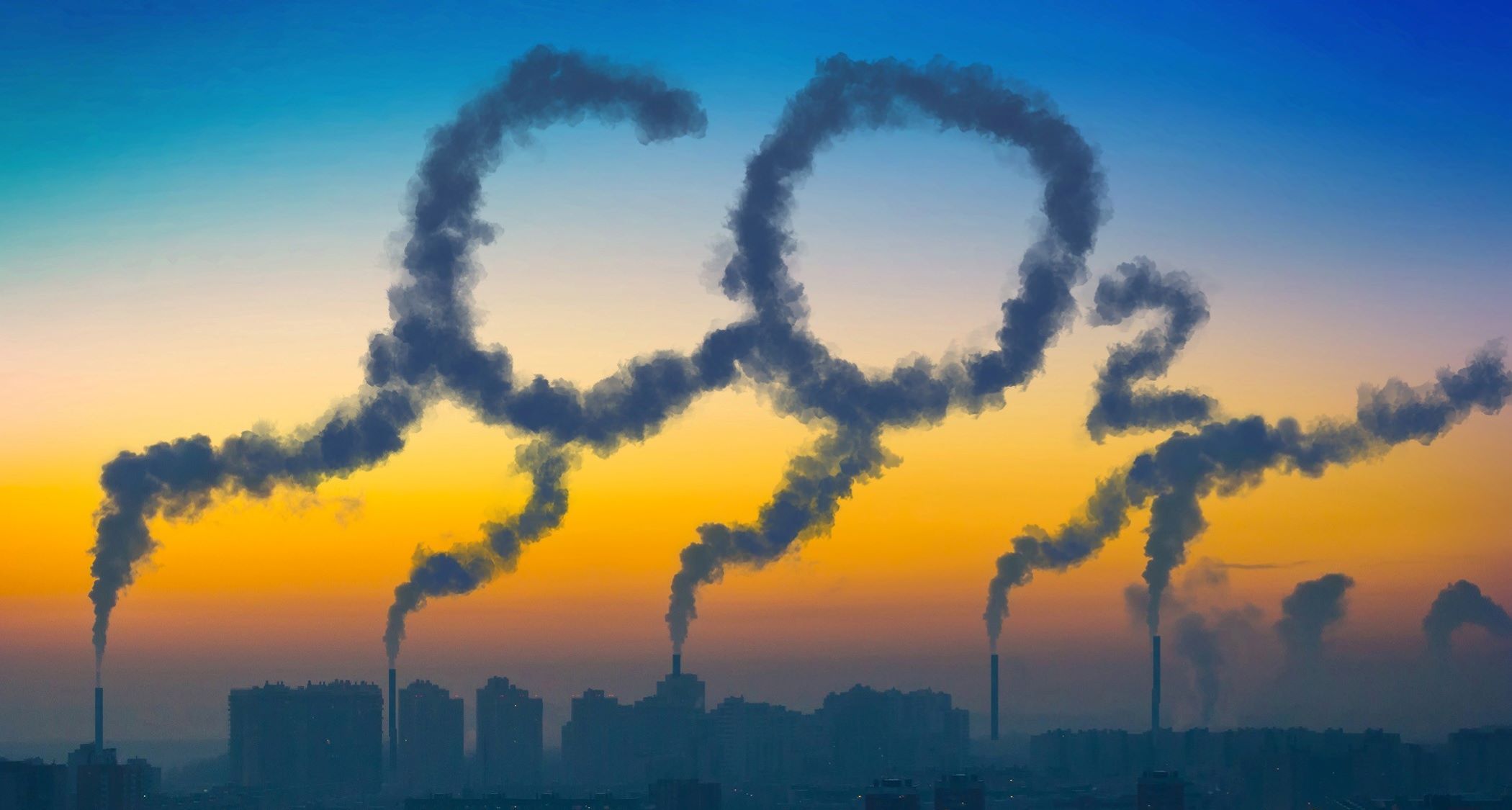By: Frank Kovacs, CEO, Shannon Global Energy Solutions, Inc.
Your Campus Carbon Footprint is bigger than you think!
Is it time for Colleges and Universities to look deeper into their current processes?
Campus Sustainability Committees drive campus policy, but sometimes the attention to certain initiatives overshadows the larger objective. Renewables, Advanced Technologies, Recyclables and much more, can drive these decisions. Some Universities are missing a big piece of the puzzle. Tried and true solutions that have shown their value again and again.
Are Some Colleges’ Green Initiatives Missing Something?
The best way of ensuring sustainability is to take into account measurable problems and measurable solutions.
The real measure is CO2 and NOx emissions. We can certainly measure those outputs and they are very tangible. Taking it a step further, sustainability is encompassing of many things, but the goal, being a reduced carbon footprint with measurables that can be categorically defined, should be the talking point.
Measurable Research should push Sustainable Initiatives
Pollution data calculated by The US Energy Information Administration (EIA), for group of campus power plants, shows they emitted an estimated 5.8 million tons of greenhouse gases in one year (2020). A group of 103 campus power plants at 93 universities were deemed large enough to track. These are Universities that tout energy efficient buildings, environmental course offerings and research on climate change. While all these things are important, we can’t lose sight of sources of pollution that can be readily mitigated. Emissions of 5.8 million CO2 tons of greenhouse gases annually is equal to 1.1 mm cars on the road. If you are promoting a Sustainability Culture of Stewardship, we have to look at some facts:
According to Reuters* the Issues at hand:
2/3 of campus power plants lack pollution controls
½ burn fuel oil, coal or wood chips (Natural Gas was the Game Changer on Emissions Reduction)
½ produce more CO2 per megawatt hour than did heavily regulated commercial utilities
The volume increase since 2013 is 13.5% more emissions
¼ produced more CO2 than they did in 2013
The purpose of bringing up these facts relates to measured outcomes and defining the challenge. If we can expose the problem, we can begin to identify potential opportunities for a solution. Talking about it and acting on it are two separate dynamics.
Look at actionable initiatives. As an example, if energy efficiency were the priority, there would be measurable outcomes to combat this situation. Energy saved is energy not produced. In the world of energy efficiency, “Energy Conservation Through Insulation” carries a lot of weight. Energy saved is measurable, energy saved is CO2 and NOx saved or reduced. Properly engineered insulation of equipment shows amazing performance. You might be surprised by the number of components in your heating system that are uninsulated. Measurement and Verification Surveys convey these measures of Shannon GES’ historical outcomes: Blankets installed: 710,000, Energy Saved: $568mm, CO2 Reduction: 2.6mm Tons Saved.

What does “Tons CO2” mean?
Sometimes the understanding of the measure – Tons CO2 reduced – can be difficult to grasp. We can reference a great description by CX Associates, giving a mental picture as to what it means:
A gallon of gasoline weighs 6.3 pounds. When it is combusted, the carbon combines with oxygen and the weight of the CO2 emitted is 20 pounds. Wondering how big 20 lbs. of CO2 is? 20 lbs. of CO2 would fill 1200-gallon jugs. If we had an image of this it would show a single gallon of gasoline on the left, a fire in the center and a stack of 1,200-gallon jugs filled with CO2 (an invisible gas) on the right. The combustion of one gallon of gasoline generates about 1,200 gallons of CO2! The CO2 would fill a space that is about 5-1/2’ by 5-1/2’ by 5-1/2’ or 165 cubic feet.
A ton of CO2 would fill a modest one-story ranch house with a footprint of 1250 sq feet and an average height of 13 feet.
We need to grasp the volume scaling of this in terms of the measure. That’s 1250SF-13ft high x 5.6 million Tons per year. Another example is 7.25 billion SF x 13ft High of CO2 gas in volume or 260 square miles of CO2 almost equal to New York City, all of it.
For us, it is assuring that Shannon GES has influenced that measure of reduction and that there are solutions to either minimize the increase or reduce it.
Removable, Reusable Blanket Insulation
Shannon GES has done its part in the CO2 reduction world with a historical 2.6mm Tons saved, or a measure equal to 45% of the total annual output of these 93 Universities and 103 power plants. Not a bad performance considering the small size of Shannon GES in comparison. By yearend 2022, that number will grow to 3.1mm Tons CO2 saved.
Keep in mind, Shannon GES has a long history, supplying high quality removable, reusable insulation blanket systems to Universities and Colleges across this great country. From the boiler room to the tunnel, to the manhole, mechanical room and HVAC equipment, the opportunities are clear and defined, measured and tangible.

*https://www.reuters.com/investigates/special-report/usa-pollution-universities/


